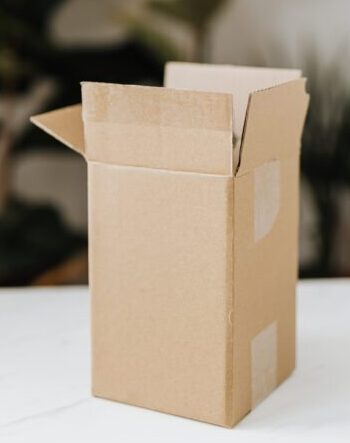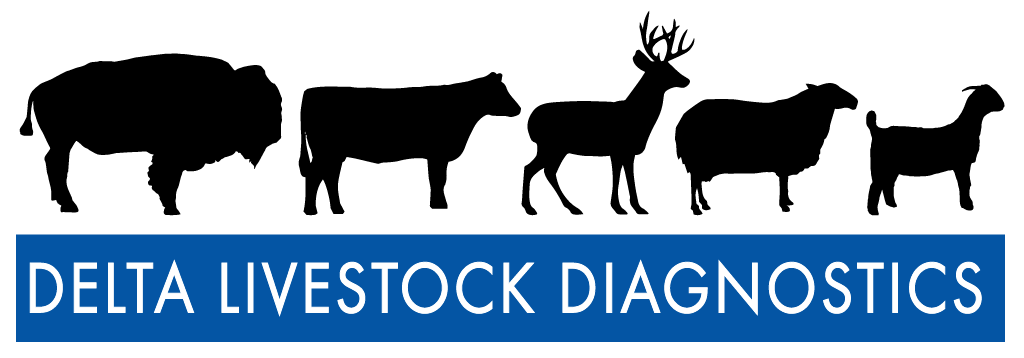
The following information will apply to all sample and species types for pregnancy and biosecurity disease testing.
https://dldlabs.com/dld-discount-shipping-program/
Step-by-Step Guide to Ship Samples for Diagnostic Testing
General Guidelines
- Ensure maximum 48 hours transit time during the hottest months.
- Do not ship before holidays / long weekends.
- Proper packaging is essential for safety and compliance — follow all regulations for labeling and transport of diagnostic specimens.
- Reference Fedex Guide: https://www.fedex.com/content/dam/fedex/us-united-states/services/UN3373_fxcom.pdf
- We recommend not using the United States Postal Service (USPS) for diagnostic shipments. Even if shipped express, USPS deliveries often take an additional 2 days. For faster turnaround, use FedEx or UPS.
Packaging Requirements
- Primary Container: Use a watertight, leakproof container (e.g., 10 mL ear notch tube, red/yellow top tube, or screw-cap tube). Label each sample with animal ID.
- Secondary Packaging: Wrap each primary container in absorbent material (e.g., paper towel) and place in a leakproof zip-seal bag. Separate multiple tubes in a single ziplock bag with absorbent material.
- Outer Packaging: Use sturdy cardboard box (pregnancy samples) or insulated cooler (disease samples). Include ice packs (not frozen water bags). Must withstand a 4-foot drop test.
- Submission Form: Place in waterproof bag. Ensure contact details (address, phone, email) are included.
- Labeling: Mark as “Exempt Animal Specimen” on the outer packaging.
Important Safety Reminders
- Do not send samples in syringes with needles attached (packages with sharps will be rejected).
- Do not use gloves, OB sleeves, or leaky containers for sample transport.
- Protect all samples from heat and freezing — hemolyzed or frozen samples may be rejected.
Specific Sample Notes
Pregnancy Testing:
- Collect whole blood into red-top / yellow-top tubes (no anticoagulant).
- Allow tubes to clot upright at room temperature for 30–60 minutes before refrigeration.
- After clotting, refrigerate at 2–8 °C until shipping.
- Do not freeze.
Serological Biosecurity Testing with Serum (Red/yellow top tubes for tests such as Johne’s ELISA, CAE/OPP, CL):
- Collect whole blood into red-top / yellow-top tubes (no anticoagulant).
- Allow tubes to clot upright at room temperature for 30–60 minutes before refrigeration.
- After clotting, refrigerate at 2–8 °C until shipping.
- Do not freeze.
Plasma / Buffy Coat Samples (Purple Top Tube):
- Collect whole blood into purple-top tube (EDTA anticoagulant).
- Invert gently to mix — do not shake.
- Keep refrigerated (2–8 °C) until shipping.
- Do not freeze.
Ear Notch Samples (e.g., BVDV Ag):
- Collect tissue in a 10 mL ear notch tube (preferred) or other sterile, leakproof tube.
- Keep refrigerated (2–8 °C) until shipping.
- Do not freeze.
Fecal Samples (e.g., Johne’s PCR):
- Must be fresh and collected directly from rectum (not ground).
- Submit in 10 mL ear notch tube (preferred) or other leakproof sterile hard plastic container.
- Avoid overfilling to prevent leakage.
- Place the leakproof container into a ziploc bag.
- Do not freeze.
- Ship overnight to lab as soon as possible to prevent degradation and egg hatching.
Lymph Node Abscess Samples with pus (e.g., CL PCR):
- Collect pus from abscess using sterile syringe (no needle / syringe for shipping) or swab.
- Use sterile polyester (Dacron) or nylon flocked swabs with plastic shafts. Avoid cotton, calcium alginate, or wooden shaft swabs.
- Place in 10 mL ear notch tube (preferred) or other sterile, leakproof screw-cap tube.
- Ship overnight to lab to prevent nucleic acid degradation.
Swine Milk Samples (PEDV – IgA test):
- Collect into 10 mL ear notch tube (preferred) or other sterile, leakproof tube.
- Avoid manure/debris contamination.
- Keep refrigerated until ready to ship (2–8 °C).
Swine Blister Fluid Samples (SVA PCR):
- Collect aseptically from vesicles using sterile syringe (no needle for shipping) or swab.
- Place in 10 mL ear notch tube (preferred) or other sterile, leakproof tube.
- Keep refrigerated until ready to ship (2–8 °C).
- Ship overnight on ice packs.
Swine Oral Fluid Samples (e.g., PEDV PCR):
- Collect using rope-chew method or sterile swab.
- Transfer into 10 mL ear notch tube (preferred) or other sterile, leakproof tube.
- Use sterile polyester (Dacron) or nylon flocked swabs with plastic shafts. Avoid cotton, calcium alginate, or wooden shaft swabs.
- Keep refrigerated until ready to ship (2–8 °C).
- Ship overnight on ice packs.
Nasal Swabs (e.g., CDV PCR):
- Use sterile polyester (Dacron) or nylon flocked swabs with plastic shafts. Avoid cotton, calcium alginate, or wooden shaft swabs.
- Nasal Swab: Collect from both nostrils with sterile swab.
- Place in 10 mL ear notch tube (preferred) or other sterile, leakproof tube with VTM or saline.
- If not available, swabs may be submitted dry (reduced sensitivity).
- Keep refrigerated until ready to ship (2–8 °C).
- Ship overnight on ice packs.
